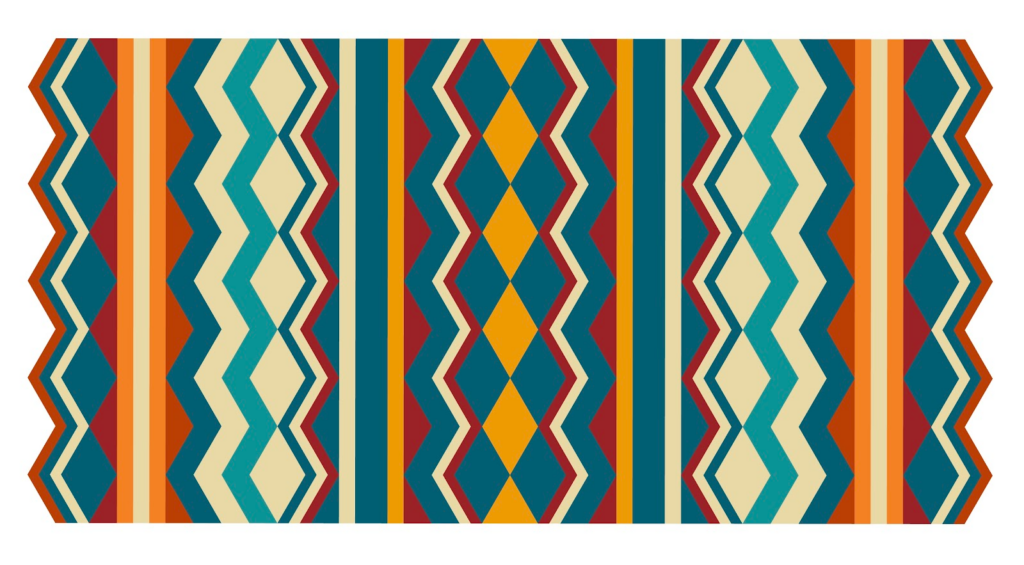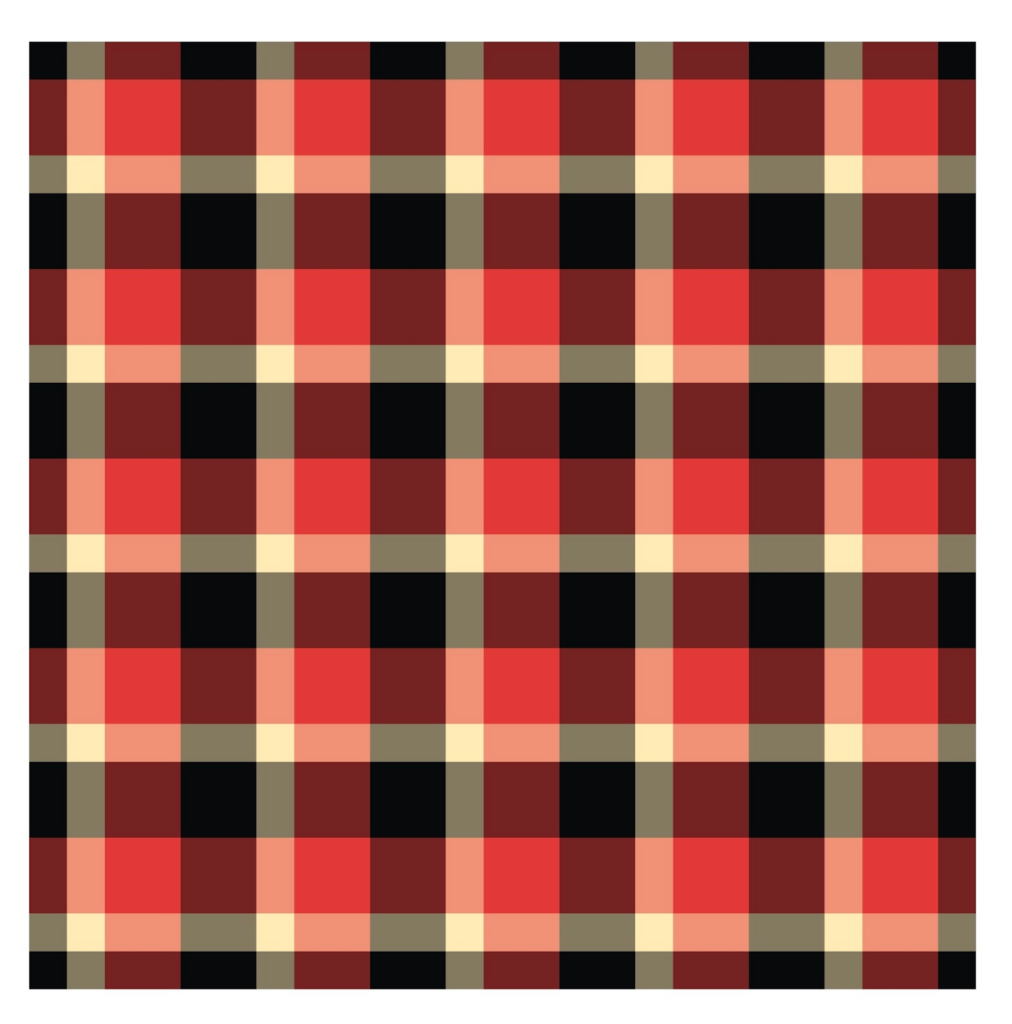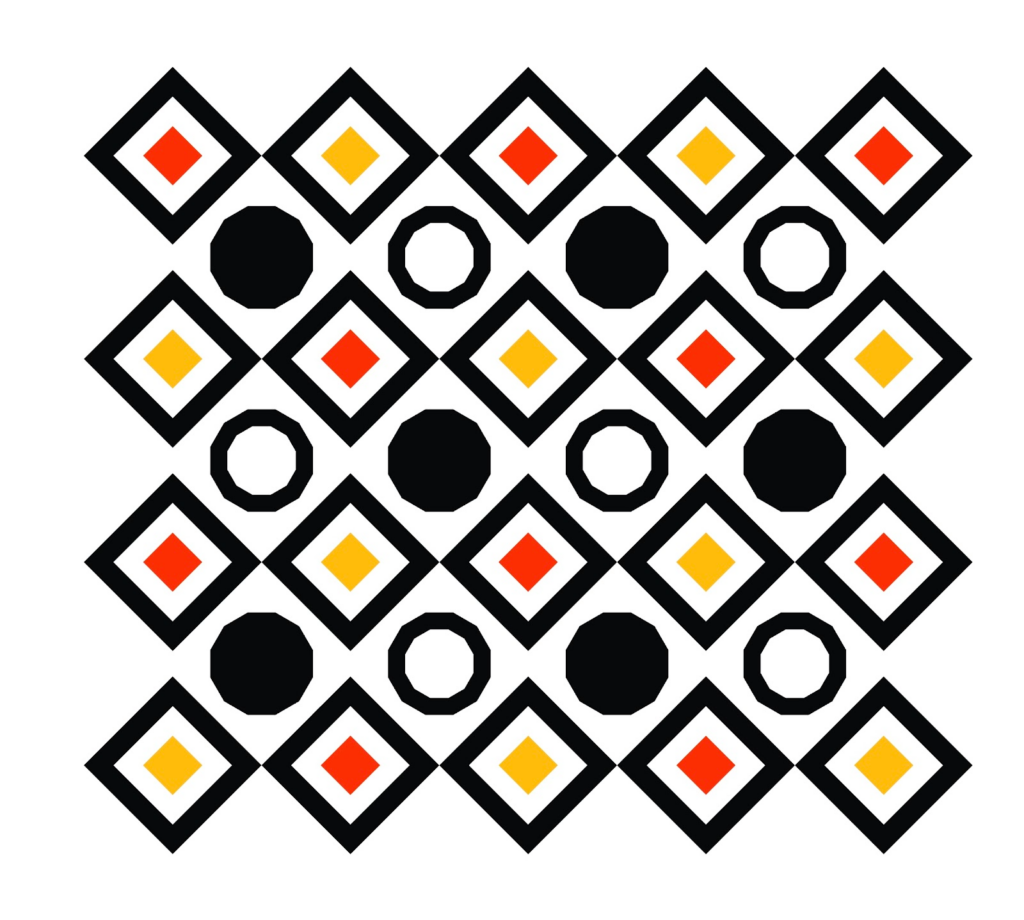
Geometric Patterns Link Math and Culture
Geometric patterns have been a part of diverse human cultures for millennia. These patterns serve as a visual representation of a culture’s beliefs, values, and stories, and are regularly integrated into everything from art to architecture. Teaching students about these patterns provides a natural bridge between math and geography, while also highlighting the interconnectedness of human cultures.

A Need for Meaning in Math Curricula

A hot topic in recent years has been the lack of cultural relevance in mainstream math curricula. It is difficult to get kids excited about math if math isn’t personally meaningful to them. The most common technique for making math culturally relevant is through use of word problems, but these problems are often inherently confusing, and rarely do a good job at depicting real-life culturally relevant situations.
Tile Farm Studio offers a unique opportunity for students to engage in culturally meaningful math because it puts the power of creation in students’ hands. Every student is unique, and Tile Farm Studio allows students to express themselves creatively in a personally meaningful way.
One of our favorite activities to do with students is to ask them to build something with a specific number of tiles in Tile Farm Studio. When we do this, we are always blown away by the diversity of responses, and often how students’ creations reflect what is meaningful to them.
Patterns of the World

In Tile Farm Academy’s Harvest, users collect beautiful canvases that highlight the wide variety of creations that can be made in Tile Farm Studio. This includes a section called Patterns of the World, which contains hundreds of canvases representative of cultures around the world. This includes everything ranging from Navajo weave patterns to African Lunda patterns to Islamic Art. This not only inspires students to make beautiful creations in the app, but also opens their eyes to the diversity of human cultures.
Interested in making geometric art representative of your own culture? Sign up for Tile Farm today to gain full access to to Tile Farm Studio and Patterns of the World.
Sign up now and gain access to the full suite of Tile Farm products!
Use code LAUNCH to receive up to $50 in Tile Farm Maker credit when you subscribe.